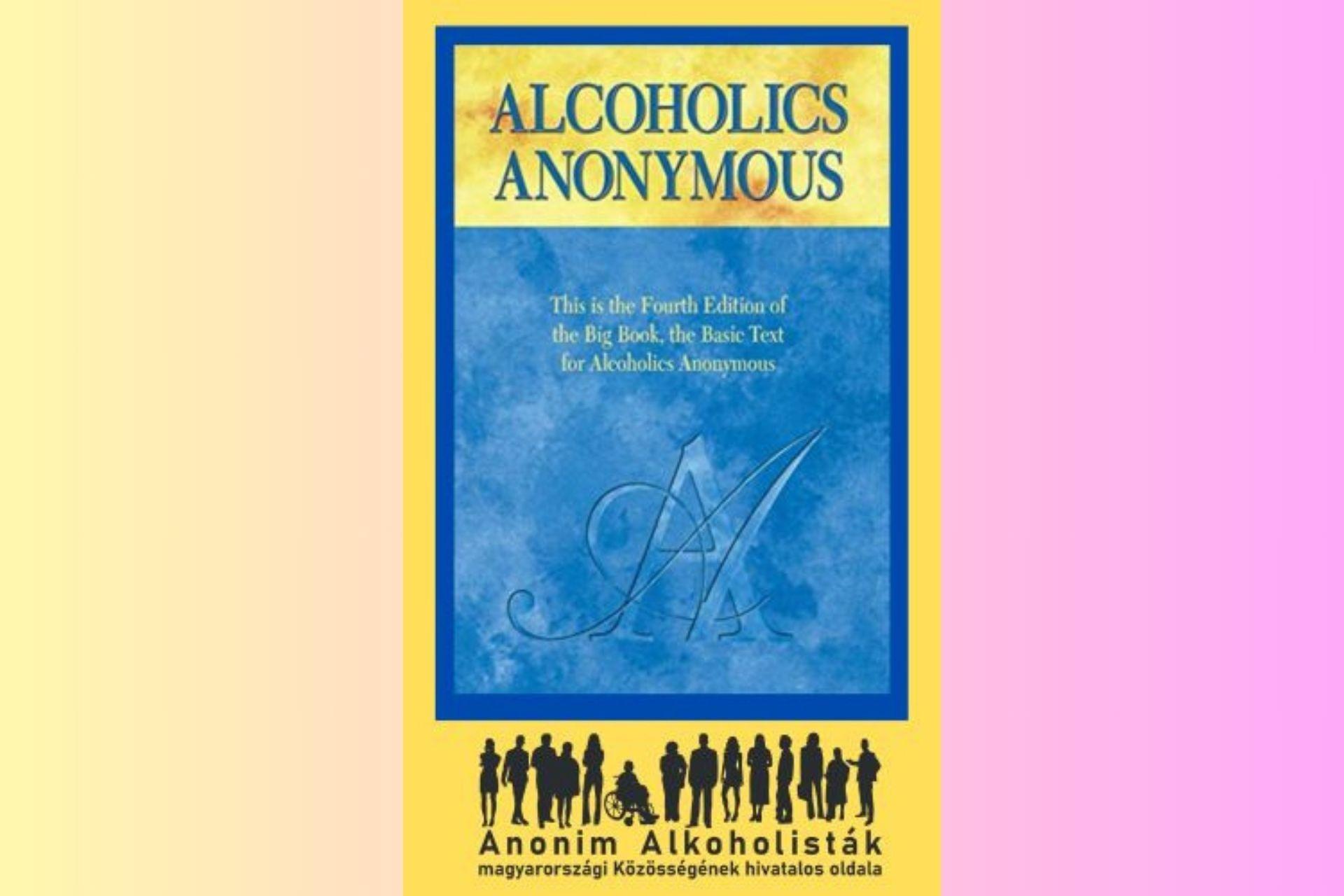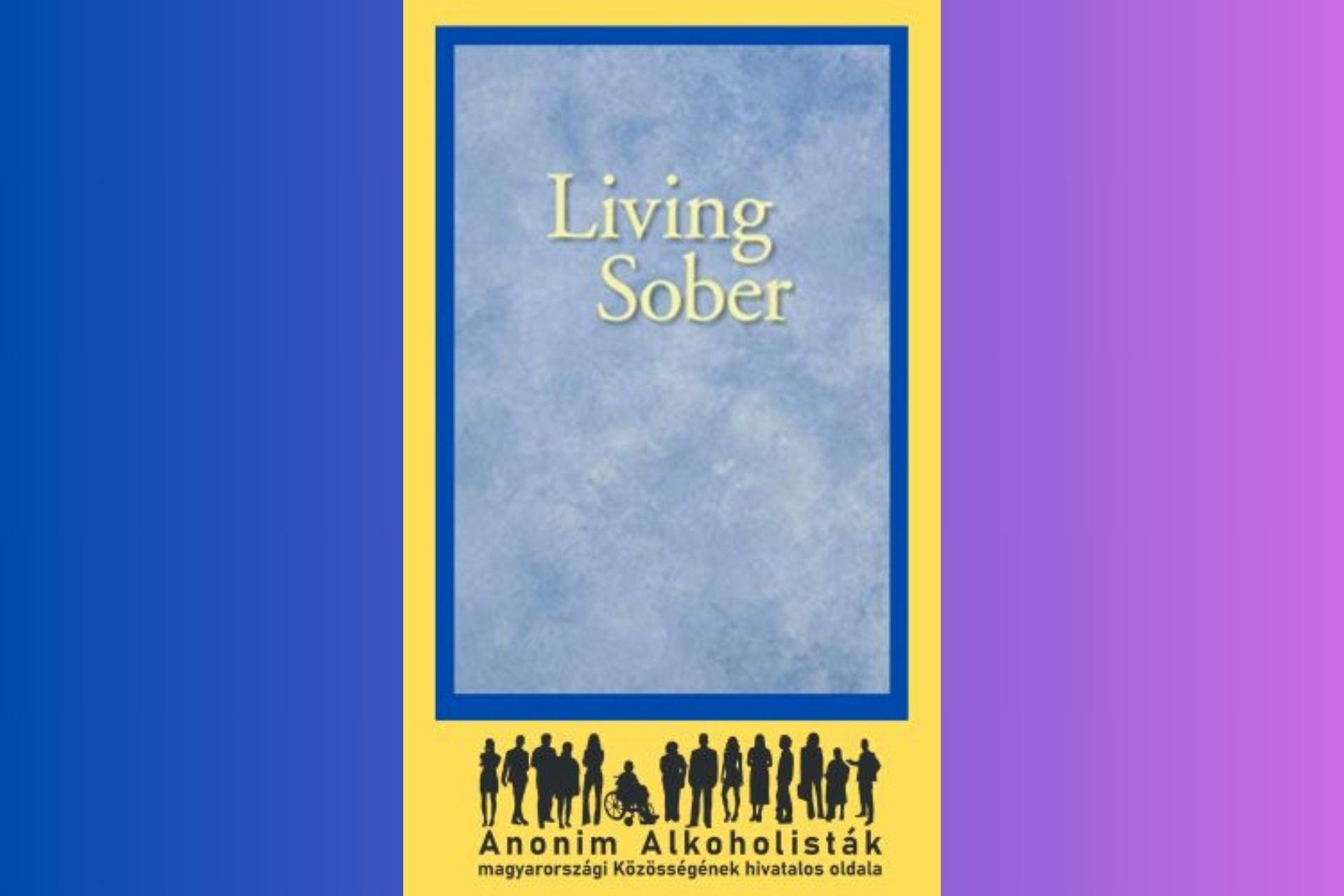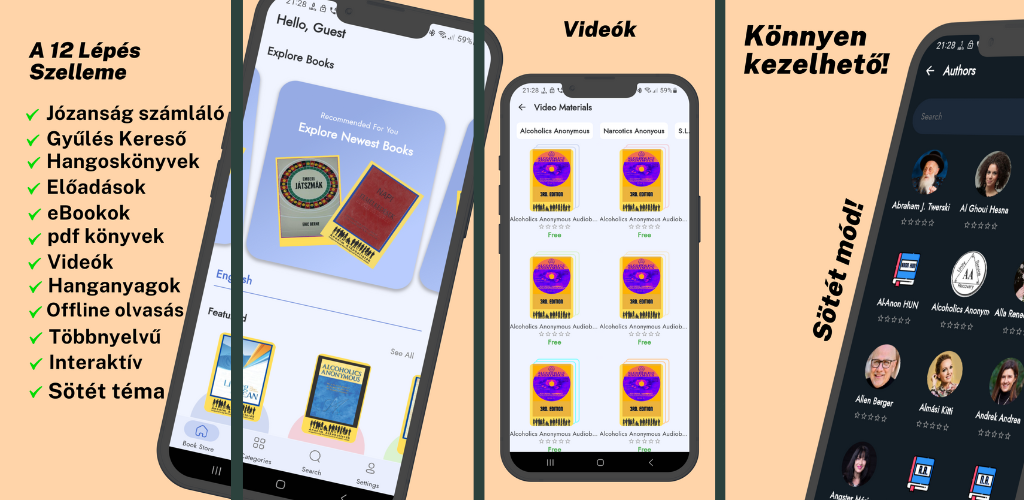The Step Book states on page 85:
"Good judgment, careful timing, courage, and thoughtfulness—these are the qualities we will need when we get to Step 9. After we have finished our list of those we have harmed, weighed each injury, and tried to adopt the appropriate behavior moving forward, it becomes clear that those against whom direct amends will be necessary can be classified into several groups.
1. There will be some with whom we need to make contact as soon as our confidence in the durability of our sobriety is strengthened.
2. There will be those for whom only partial amends may be made if we want to avoid our unconditional openness doing more harm than good.
3. In other cases, the action should be postponed, and even
4. there will be situations that, by their nature, make direct personal contact impossible."
So, how did I do my ninth step?
9. I MADE DIRECT AMENDS TO ALL THOSE I KNEW, EXCEPT WHEN TO DO SO WOULD HARM THEM OR OTHERS.
As part of this:
1. I tried to contact them for the purpose of making amends.
2. I made full amends to some.
3. I made partial amends to some.
4. There are some with whom my amends are ongoing.
5. I know who I will be making amends to later.
6. I also dealt with those where personal contact is not possible.
7. I did not try to substitute an apology for direct amends.
Step guide:
As an introduction to the step:
- Study Step 9 in the Step Book!
- Attend meetings where Step 9 is discussed!
- Talk to your sponsor about Step 9!
9.1. I tried to contact them for the purpose of making amends.
In Step 8, I already compiled my list, which not only includes the names of those I have harmed, but also details the harm caused and the plan regarding:
- How do I plan to contact them?
- How do I acknowledge the harm caused and its extent?
- How do I intend to make this right?
Initially, I started the outreach process. The purpose of contact was to arrange a personal meeting later. I initiated contact in various ways, depending on how personal (intimate) my relationship was with the individual.
1. There was someone I already met regularly, so I could approach them directly.
2. There was someone I met less frequently or a long time ago. I called them on the phone to ask for a meeting.
3. There was someone I contacted electronically (Messenger). This can work well for those who are tech-savvy.
4. I wrote a letter (email) to someone to prepare for the personal meeting.
5. There was someone I sent a message through others to say I would like to meet them. I didn’t like this format much.
6. There was someone I needed to ask others about to see how I could reach them. Sometimes I was successful.
7. There was someone who had already passed away or had moved so far away that I could only think of them.
8. There was someone I knew nothing about, so I took a wait-and-see approach.
Interestingly, later on, life brought some of them back to me by chance. But by then—thanks to Step 8—I was prepared for the encounter.
Step guide:
Take out your list that you made in Step 8. Try to arrange a meeting with those at the top of your list for the purpose of making amends:
- In person
- By phone
- On Messenger
- By email
- Through mutual acquaintances
9.2. I made full amends to some.
The people at the top of my list were my family members (my mother, my children, my ex-wife). In their case, financial or physical damage was less relevant; rather, it was about mental, emotional, and spiritual injuries. Due to my alcoholism, I often left them alone, didn’t pay attention to them, caused them negative feelings (sorrow, fear, anger), and they experienced a lot of unhappiness because of me.
In making amends, they were the first to whom I admitted that I had made mistakes, that I had thought wrongly, that I had acted badly, and that I had committed omissions. During my sobriety, I paid a lot of attention to being with them (in person, by phone, online, or even just in thought). I spent (and continue to spend) time with them, engaging with them and helping them. As much as possible, I also supported them financially.
I can no longer be with my ex-wife, so I focused on making financial amends to her. I paid child support promptly, and if she needed it, I made additional sums available to her. I practically had no monetary debts to others, so I didn’t need to make amends of that nature.
Step guide:
After successfully meeting with them:
- Acknowledge to them what mistakes you made:
- in thought
- in word
- in deed
- by omission
- Acknowledge to them the nature and extent of the harm you caused:
- financial
- physical
- spiritual
- emotional
- Discuss with them how you will make amends!
9.3. I made partial amends to some.
Reflecting on the list of those to whom I have made amends so far, I realized that the part of my amends that can be complete is when:
- I admit my mistakes to them
- I pay off my financial debts
However, the resolution of emotional and spiritual harms will either be partial or ongoing. I can talk about partial resolution in the case of my ex-wife, with whom I have met several times during my sobriety, but I do not maintain daily contact. I tried to establish a peaceful, understanding relationship with her, and I think I have succeeded. Currently, that’s all I can manage since we live far apart. But if the opportunity arises, I am always ready to make further amends.
Step guide:
If full and immediate amends are not possible, discuss with them other forms of amends:
- Repayment
- Support, sponsorship
- Togetherness
- Emotional support, etc.
9.4. There are some with whom my amends are ongoing.
I previously wrote that I could make full and final amends by acknowledging my mistakes and addressing the financial harm. However, the resolution of emotional and spiritual harms will either be partial or ongoing. I make ongoing amends in two forms: personalized (i.e., directly) and generally.
1. PERSONALIZED
My amends to my mother and (adult) children are continuous and direct. During my sobriety, I pay a lot of attention to being with them (in person, by phone, online, or even just in thought). I spend time with them, engage with them, and help them. Provided they need it.
BUT: I don’t impose myself on them. I don’t try to control their lives. I don’t tell them what to do. And I expect nothing from them. Neither forgiveness nor recognition!
2. GENERALLY
Not direct, but continuous are my amends to basically everyone, including myself, when I am growing spiritually, when my mindset changes for the better, when I am filled with love, when my peace of mind is restored. This positively affects those around me. I believe this is the greatest amends regarding my past mistakes. Because if I correct my faulty mindset, I will make fewer mistakes in the future. This process can also be referred to as indirect amends.
Step guide:
Who are the people with whom your amends are ongoing? Is this:
- Personalized?
- General?
9.5. I know who I will be making amends to later.
My list includes individuals (e.g., former bosses) to whom I owe amends, but:
- I am currently not in contact with them, or
- I don’t know where they are, what they are doing, and
- they probably wouldn’t be interested in my amends actions.
I am prepared that if I were to meet or get in touch with them, I would admit my mistakes and offer other forms of amends as well. I am aware of the harm caused.
At the same time, I currently do not consider it advisable to track them down. Every encounter will happen sooner or later, which both parties need.
Step guide:
Write down (think about) whether there are any individuals on your list:
- with whom you are currently not in contact
- whose whereabouts or activities you don’t know
- who probably wouldn’t be interested in your amends actions
9.6. I also dealt with those where personal contact is not possible.
Among the individuals on my amends list are those with whom personal contact is not possible. There may be two reasons for this in their cases:
1. They live too far away.
2. They are no longer alive.
In the first case, I have tried to use other channels, such as:
- Phone
- Email
- Chat (Messenger)
I still regularly use these forms for those with whom my amends are ongoing (my mother, my children).
In the second case, I simply imagined that I would meet with them again, admitting my mistakes and approaching them with love. I think this is not a futile action. In fact...
Step guide:
Think about whether there are individuals on your list who:
1. Live too far away.
2. Are no longer alive.
In the first case, try to use indirect channels:
- Phone
- Email
- Chat (Messenger)
In the second case, simply imagine that:
- you meet with them again,
- you admit your mistakes to them,
- you approach them with love!
9.7. I did not try to substitute an apology for direct amends.
In my previous posts, I shared with you how I approached Step Nine and how I made direct amends to all those I could:
- I made full amends to some.
- There were some to whom I offered partial amends.
- There are some with whom my amends are ongoing.
- I know who I will be making amends to later.
- I also addressed those cases where personal contact is not possible.
Finally, I want to mention the topic of apologies again. I am not against apologies if used appropriately. Of course, there are situations where an apology is warranted in my life as well. For example, if I make a mistake and cause harm to someone, then an immediate apology is appropriate. And, of course, making restitution for the damage caused.
At the same time, I believe that an apology is not suitable for making direct amends for past harm. I already addressed this in Step Eight, where I noted that the people who were hurt and the harms caused can be so varied that making direct amends cannot simply be reduced to saying "forgive me."
Of course, it is another matter that for someone who was previously unable to apologize, simply being able to do so can be a significant achievement. It can be practiced, but let’s not believe that this is making amends.
Guide for the Step Section:
Always remember that an apology cannot replace direct amends!
<<<<<<<<<<<<<<<>>>>>>>>>>>>>>>
9.8. Self-Assessment Questions – for Step 9
Before we move on to Step 10, do a little self-check. Answer the following questions for yourself:
1. Have you contacted anyone for the purpose of making direct amends?
2. Have you provided at least partial amends to anyone?
3. Do you know who you will be making direct amends to later?
4. Do you have a plan for cases where personal contact is not possible?
5. Are you trying to substitute an apology for direct amends?
Brief Explanations for the Self-Assessment Questions for Step 9
1. The sooner, the better.
2. Partial amends are better than none.
3. If not, review your Step 8 again!
4. If not, review your Step 8 again!
5. An apology is generally not suitable for making amends for past mistakes.
Step 9
- csakamainap
- Site Admin
- Posts: 148
- Joined: 1 year ago
- 1
- Has thanked: 1 time
-
Site Owner
Administrator
Moderator
Veteran
- Menu
- Birthdays
- No birthdays today
In the next 30 days
No members have a birthday within this period of time.
- Links
- Statistics
- Totals
Total posts 148
Total topics 148
Total Announcements: 0
Total Stickies: 0
Total Attachments: 0
Topics per day: 0
Posts per day: 0
Users per day: 0
Topics per user: 3
Posts per user: 3
Posts per topic: 1
Total members 56
Our newest member CharlesagoFe
- Top Posters















